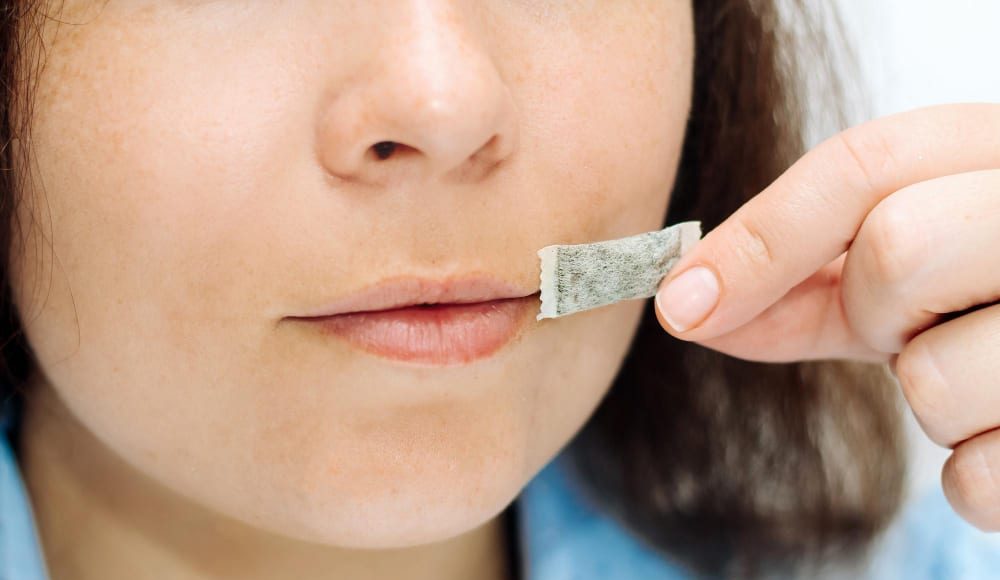Meanwhile, NP manufacturers have marketed these products as safer alternatives to cigarettes, aiming to help smokers quit, and tobacco harm reduction experts tend to agree. The products are the smoking cessation tool of choice of many former smokers due to their non-toxic profile, discreet nature- allowing their use virtually everywhere and of course their effectivity at curbing nicotine cravings. In fact, studies indicate that these pouches can effectively help reduce smoking rates by providing a consumer-friendly option for those seeking to quit. However, Darrieussecq contends that these products can be harmful, particularly for young users.
World Vapers’ Alliance (WVA) director Michael Landl, criticized the ban emphasizing that it eliminates a valuable tool for smokers looking to quit. Landl pointed out that nicotine pouches offer a significantly safer, effective alternative to cigarettes, which has been beneficial in other countries as a transition aid for smokers. Instead of restricting options, he argued, France’s decision could inadvertently lead people back to smoking or drive them to the black market for nicotine products.
Moreover, similar bans in other countries have proven challenging. In Germany for instance, nicotine pouches are banned yet still widely available, suggesting that enforcement may be difficult and potentially ineffective. Setting specific restrictions on marketing and youth access would make more sense.
Policymakers should consider the low toxicity profile of NPs
Landl added that NPs are widely recognized as one of the least harmful nicotine alternatives, with a risk profile comparable to that of nicotine gum or patches. The WVA reiterated that countries that support rather than prohibit such products can make faster progress toward a smoke-free society, ultimately lowering rates of smoking-related diseases and deaths. In fact a recent independant study testing whether pod-based vapes and NPs could reduce smoking in low socioeconomic status adults who have no plans to quit, yielded promising findings.
Participants were split into three groups (e-cigarettes, nicotine pouches, and control) and monitored over eight weeks. The results indicated a significant reduction in cigarettes per day, with the e-cigarette group reducing from 14.7 to 2.9 and the nicotine pouch group from 15.0 to 8.3, with some participants fully switching to these alternatives. The findings suggest that these products could be effective harm-reduction tools for underserved populations.
Concerns about teen uptake should not overshadow smoking cessation benefits
Similarly, a recent review analyzing the potential public health impact of NPs confirmed that the products may serve as a harm-reduction tool for smokers by delivering nicotine with fewer toxic compounds than combustible products. This study aimed to synthesize current evidence on NPs, covering their characteristics, use patterns, toxicity, and marketing strategies.
It included 62 studies, primarily from the United States, of which 17 were industry-funded. The US studies indicated that NP use is relatively low but growing. In youth populations, current use remains around 1.5%, with lifetime use under 2.5% as of 2023. Among adults, NP use is concentrated in those with a history of tobacco use, with estimates ranging from 0.8-3% for current users and 3-16% for lifetime users.
The paper reiterated that NPs generally contain fewer harmful chemicals than cigarettes and smokeless tobacco (SLT), though formaldehyde is still present. Industry-funded studies indicate that the products are substantially less cytotoxic than cigarettes. Higher-nicotine pouches can deliver nicotine levels comparable to cigarettes and SLT, though absorption is slower than with cigarettes. Meanwhile data on the toxicity of NPs compared to SLT, remains inconsistent.
The review highlighted that industry marketing practices may be increasing youth interest in the products and potentially promoting dual use among adults. It concluded that while more independent studies are needed to confirm the products’ safety profile, regulatory bodies could use this information to assess NPs’ overall public health impact, particularly in managing risks of youth initiation and dual-use trends. Tobacco harm reduction experts naturally agree and add that these concerns should be fully addressed, but not allowed to overhadow the products benefit for smoking cessation.








